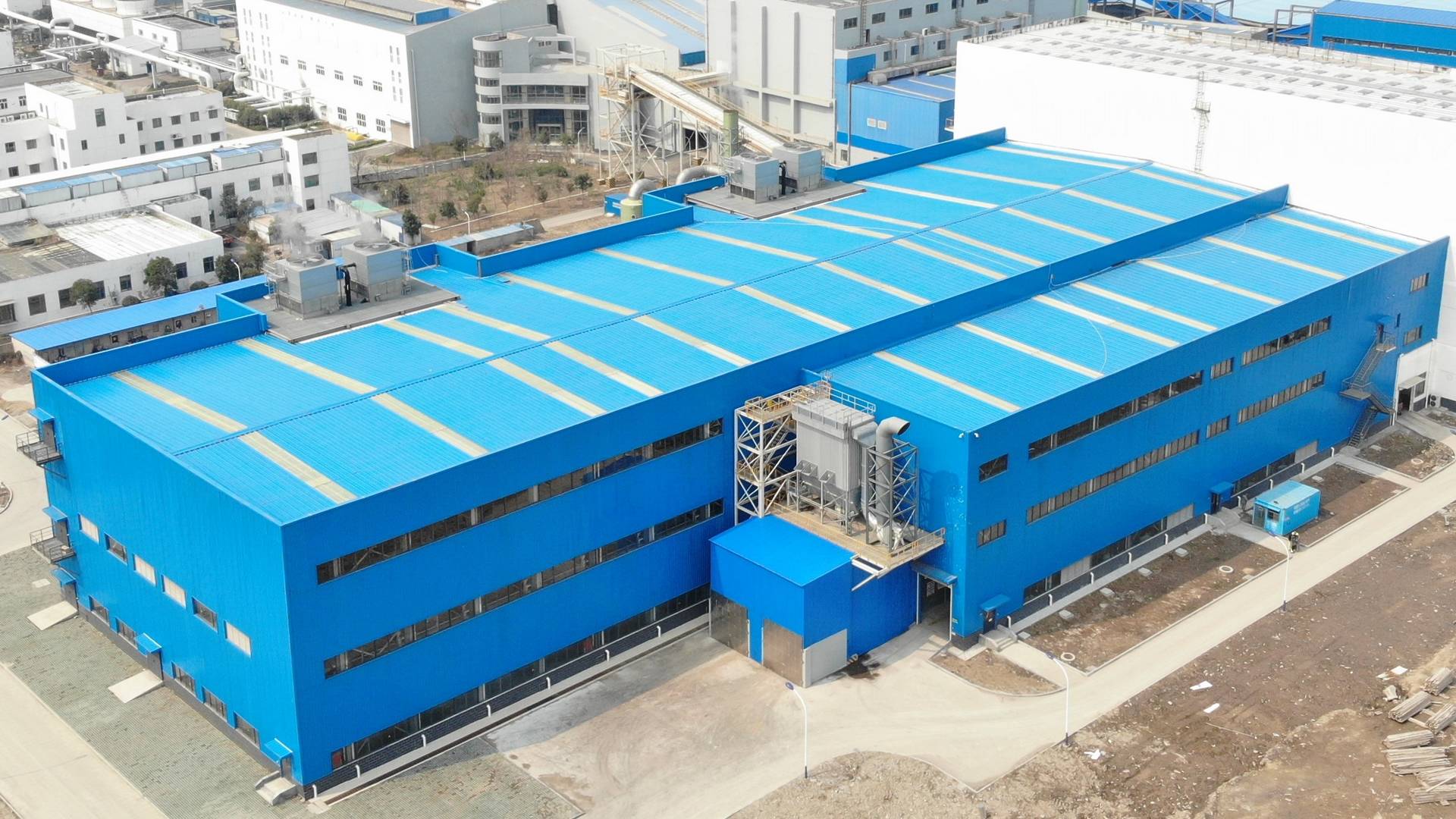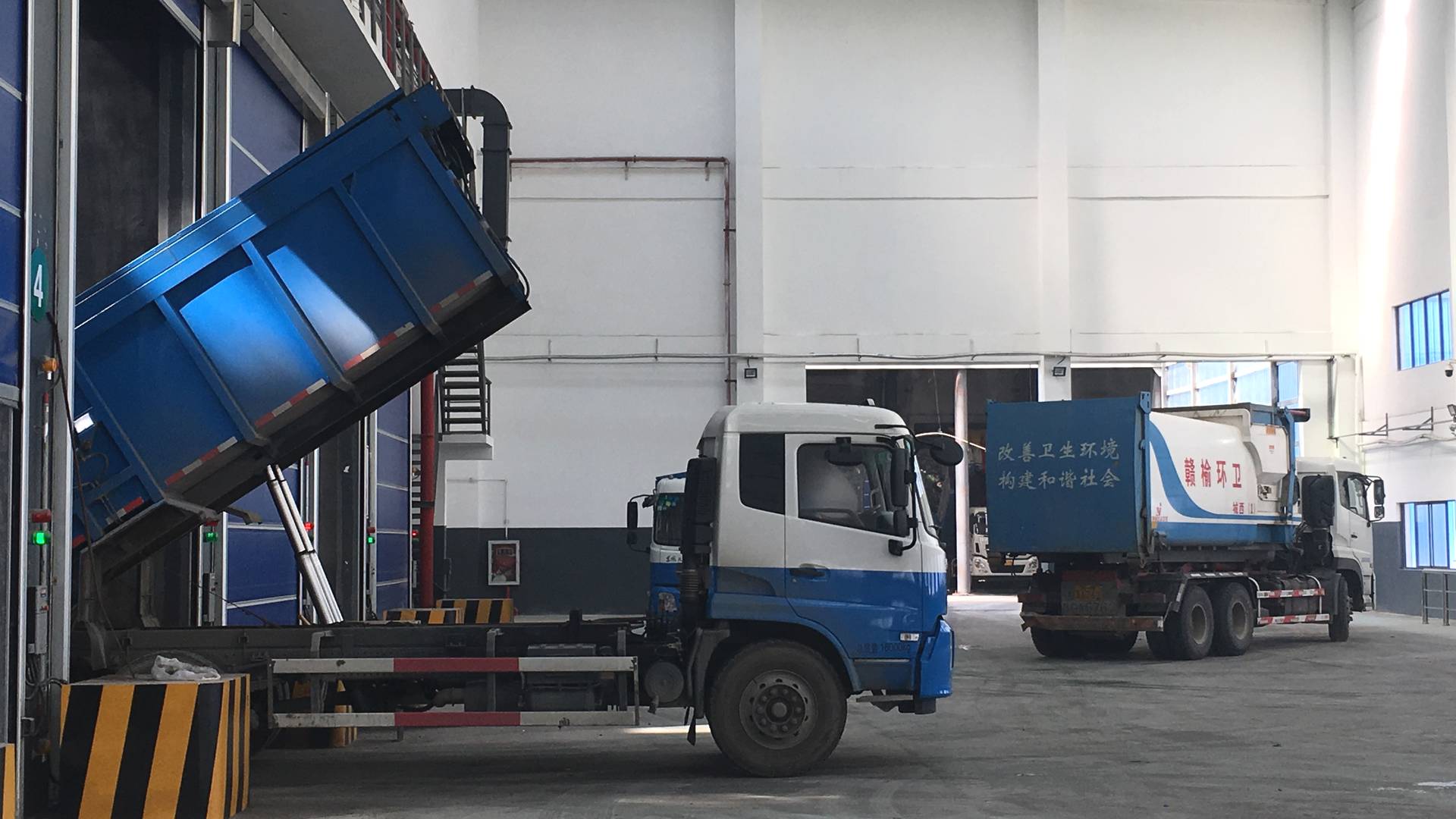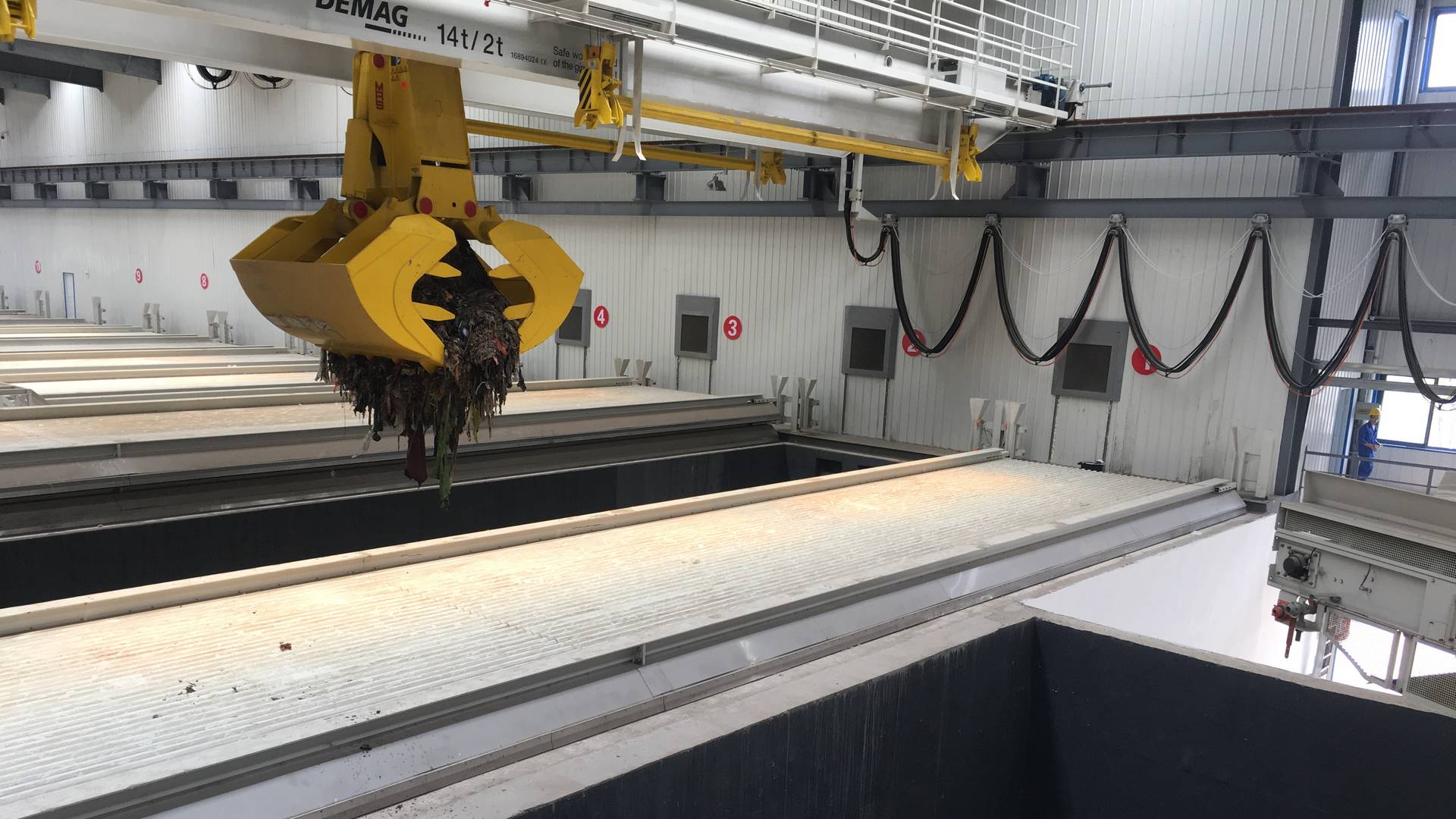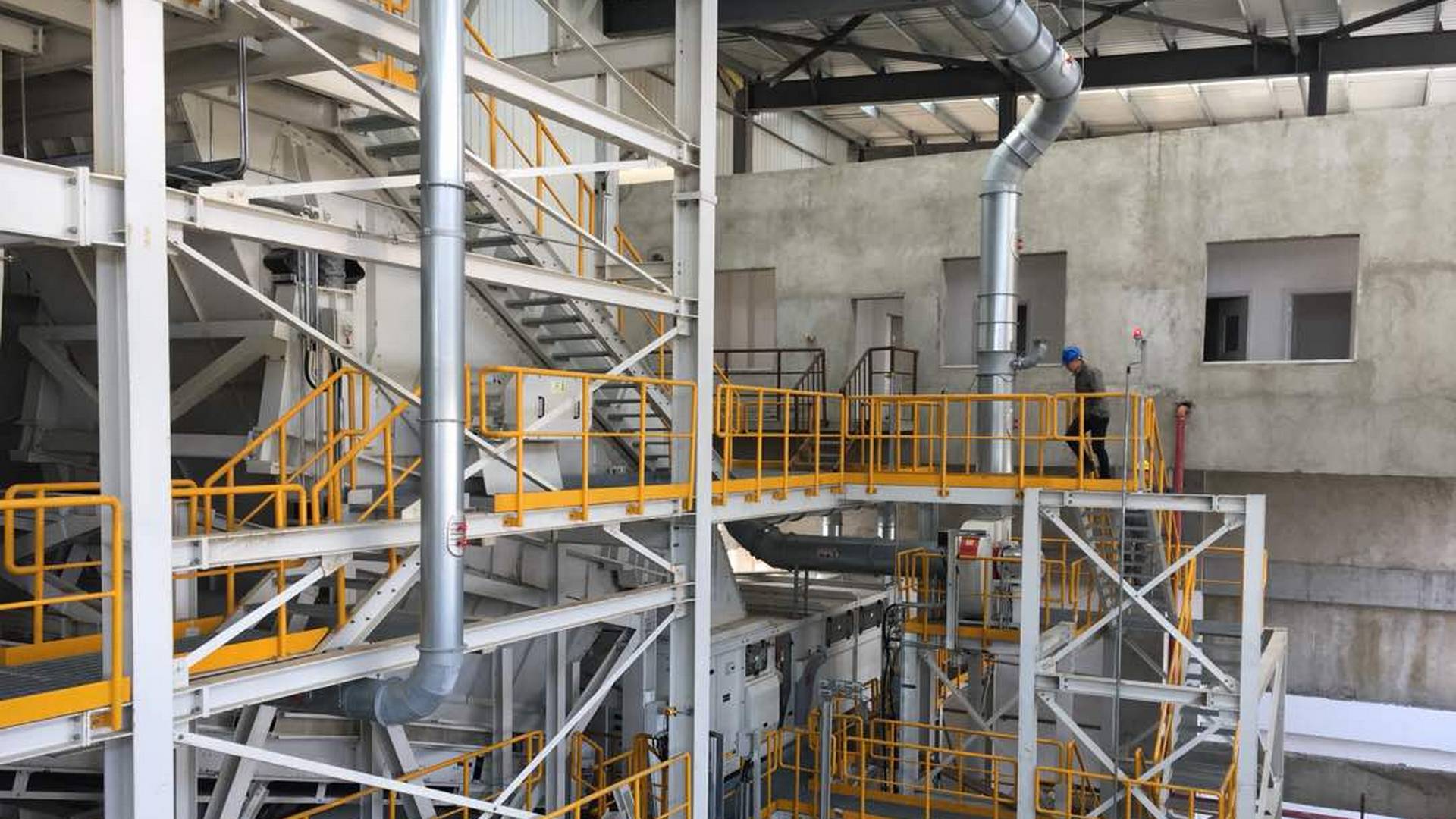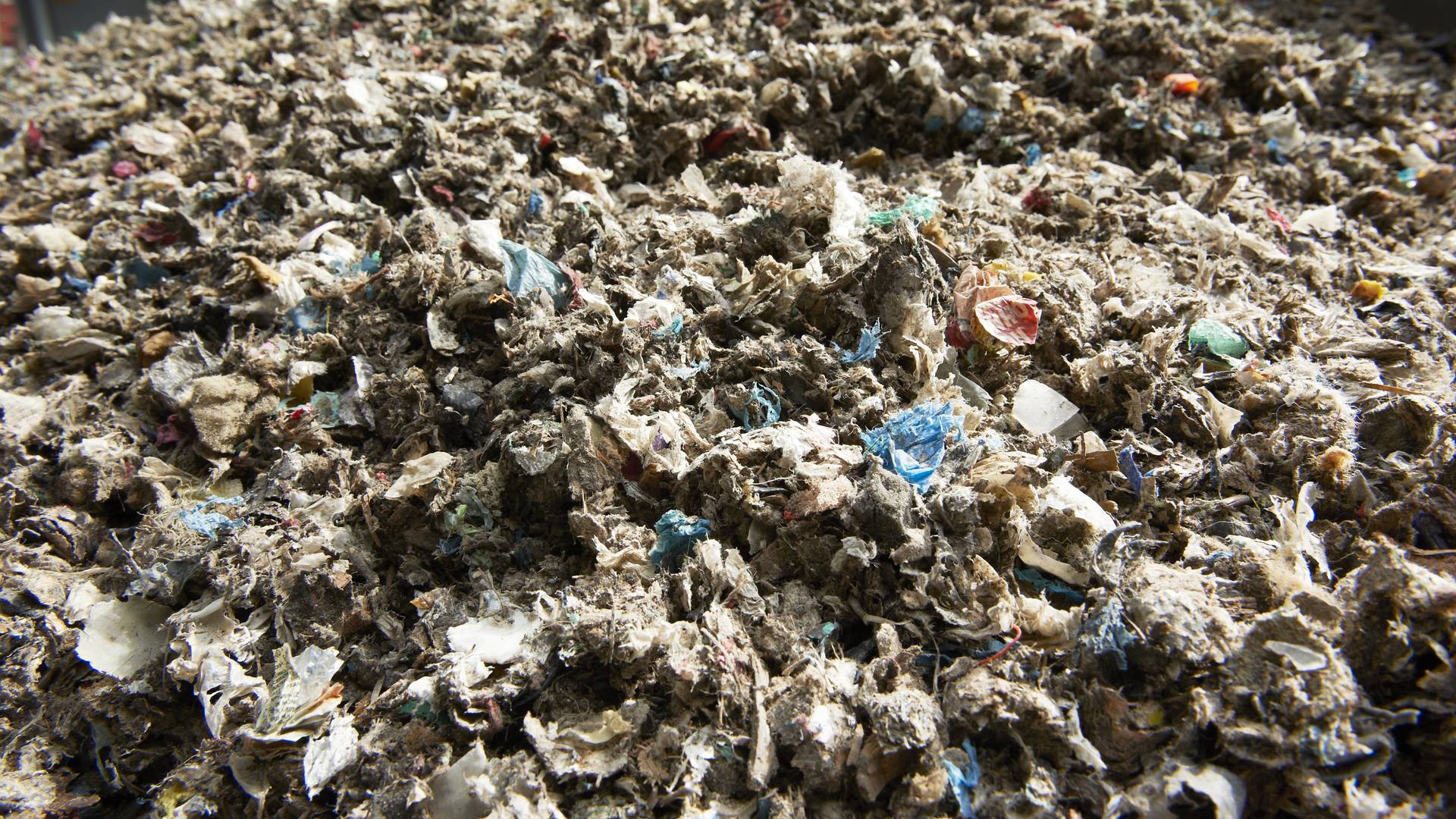| Project: | Mechanical Biological waste processing plant |
| Place: | Lianyungang, Province Jiangsu (China) |
| Operator: | Lianyungang Chenxing Environmental Protection Industry Co.,Ltd. |
| Capacity: | 750 t/d municipal solid waste (MSW) (1 Line – 18 off drying boxes) |
| Focus: | Production of secondary fuel (SBS) for the operation of the own power plant (circulating fluidized bed) |
CUSTOMER
China Jinjiang Environment (CJE) is one of the 500 largest Chinese companies operating in the power generation, nonferrous metals and chemical industries. CJE was one of the first private companies to invest back in the 1990s in environmental protection and in 1992 built the first power plant to use resources.
By the end of 2017, CJE has built more than 40 projects in more than 20 provincial Chinese administrative regions and in Southeast Asia together with a cumulative daily waste incineration capacity of nearly 70,000 tonnes. The company’s global development strategy is underlined by other projects in Singapore, Indonesia, Vietnam, India, Brazil and other countries.
CJE is the largest private Chinese waste incineration company operating the above facilities.
REQUIREMENT
By building a 277,750 tpa MBT plant at the Lianyungang site China Jinjiang Environment Protection Industry Co., Ltd. intended to produce energy more efficient and to comply with new exhaust emission levels in an existing fluidized bed combustion plant.
So far, household and commercial waste has been disposed of at the waste incineration plant by Lianyungang Chenxing Environmental without pretreatment. However, the imposed exhaust emission levels made it necessary to burn the waste at higher temperatures and with an increased efficiency.
Due to its high moisture content the waste should be dried, metals recovered and contaminants such as glass, aggregates, sand etc. separated of the waste in the MBT pre-treatament facility.
IMPLEMENTATION
The Waste Tec concept of waste pre-treatment on the basis of a biological drying with downstream mechanical separation did convince CJE to realize a mechanical biological treatment plant for the production of secondary fuel at the Lianyungang site.
Subsequently one of the world’s largest mechanical-biological waste processing plants for the production of secondary fuel with a daily throughput of 750 tons was built in the period from 2016 to 2018.
WASTE TREATMENT - THE PROCESS
After reception in a deep bunker 750 tons of waste per day are introduced to the pre-treatment process by the delivery crane.
In a first step the waste is pre-shredded and via a ferrous separation conveyed to the drying tunnnels.
According to the amount of pre-shredded material the fully automated process crane feeds 2 to 3 of the 18 drying tunnels a day.
A loss of mass by reduction of the moisture content, a degradation of organic components and an improvement of the separation efficieny of the downstream mechanical treatment are the advantages of the biological drying.
Within 8 days the moisture content is reduced from approx. 55% to approx. 30%.
With the process crane the pre-treated and moisture reduced waste is conveyed to the mechanical refinement.
In the first step of the refinement a coarse and fine fraction is produced, which is than in a downstream classification process separated into a heavy and light fraction.
The separated light and thus combustible materials represent the secondary fuel.
Glass and metals are separated from the heavy components of the fine fraction and the remaining fines are introduced back into the secondary fuel.
Heavy components of the coarse fraction are landfilled.

